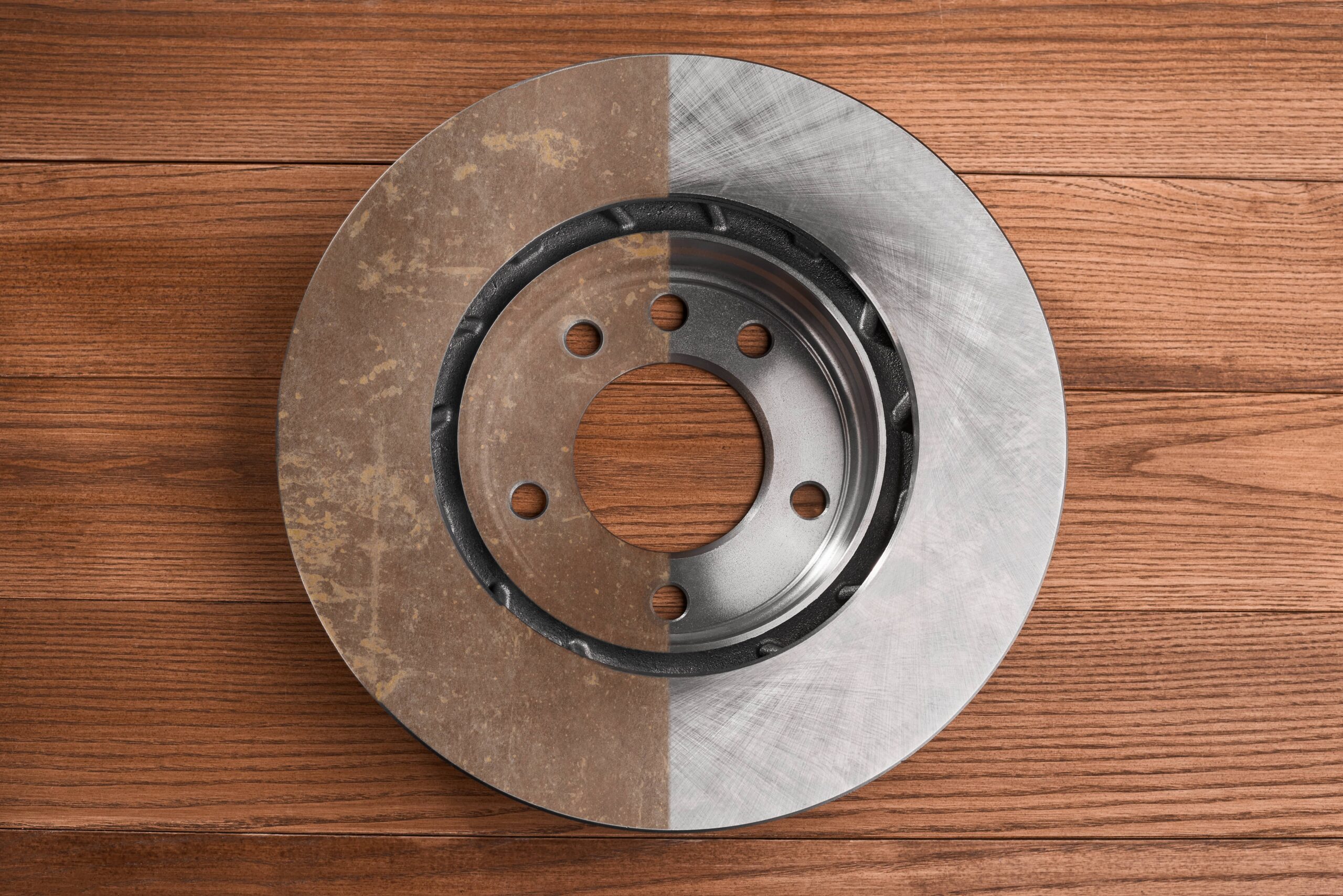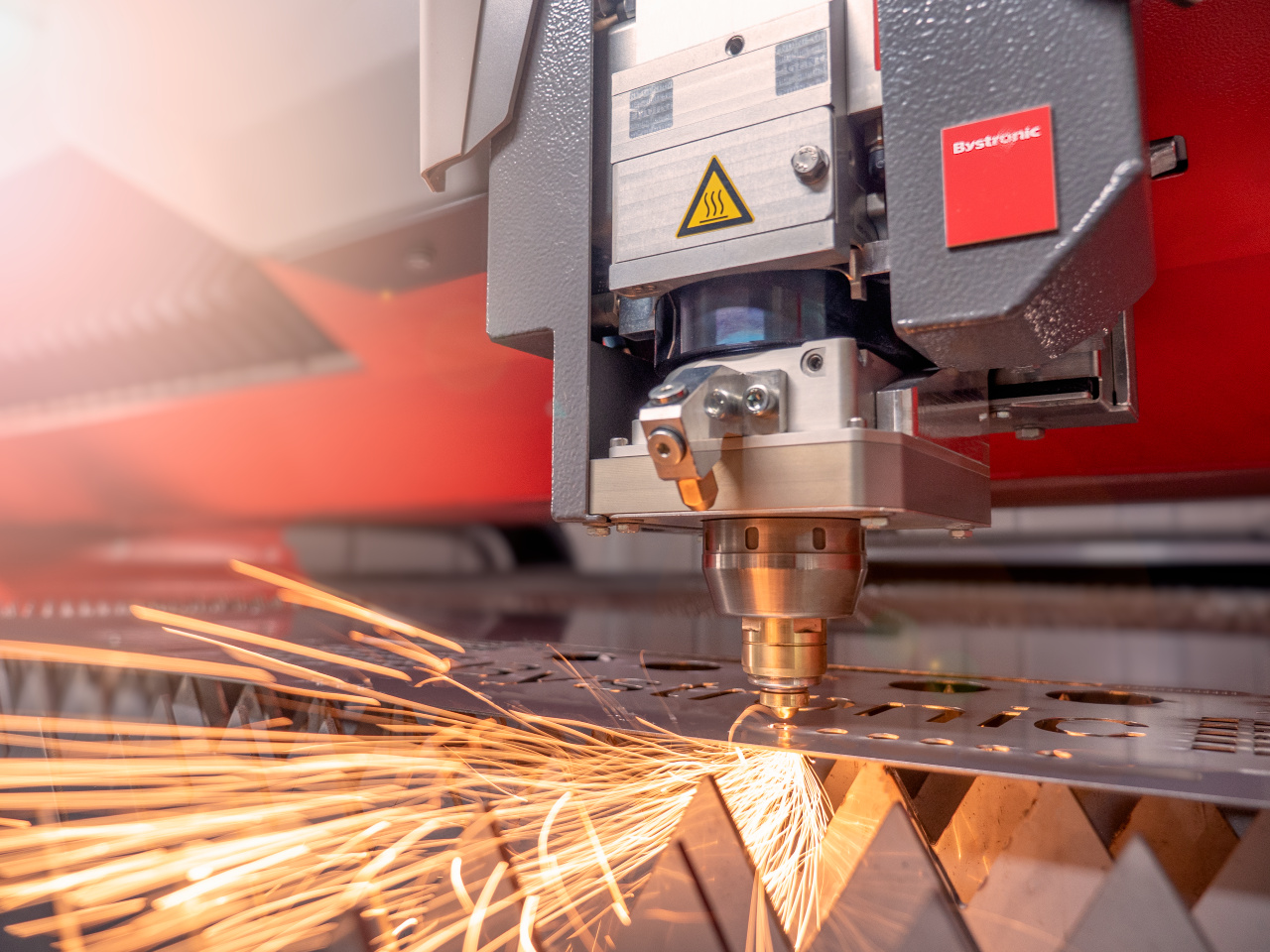A Guide to Aluminium Laser Cutting
If you’re contemplating aluminium laser cutting, consider this your complete guide to understanding exactly why and how laser cutting is the right choice in many cases.
Aluminium is a metal with some unique properties that make it a great option for particular industries. Not only is it lightweight, non-toxic, resistant to corrosion and heat as well as a good electrical conductor – it’s also generally considered an affordable metal due to its relative abundance.
So why choose custom laser cutting for aluminium over other available metal cutting methods? Laser cutting offers some unique advantages. Most importantly, lasers allow an extremely high level of precision, especially when used in conjunction with CAD designs for repeatable results.
The challenges involved in aluminium cutting
Aluminium is a highly reflective metal, making cutting with any laser challenging, as it can cause burning, ruined sheet metal and potential safety concerns for the operator such as eye damage. We advise that inexperienced laser operators never tackle reflective surfaces. However, all of our staff wear protective equipment and are highly trained and able to manage these risks. In fact, fibre lasers mostly use automated processes via programming, eliminating many of these safety risks.
Which industries can benefit most from aluminium cutting?
In a variety of industries aluminium is a go-to choice for parts which require a lightweight, heat-resistant, high-strength and versatile material, hence why it’s sometimes even called the ‘miracle material’. This often means parts need to be made to intricate, finely calibrated specifications. This is why laser cutting aluminium becomes the ideal choice to produce metal parts, as it can quickly produce extremely precise results.
Here are some examples of key industries which can benefit significantly from aluminium laser-cut parts:
- Computing – Aluminium is often chosen for computer components due to its lightweight and particular ability to dissipate heat which helps with portability and heat reduction in computers.
- Electronics – As with computing, the heat reduction properties of aluminium make it ideal for use in electronic devices with electrical enclosures which require heat sinks and as an electrical conductor.
- Automotive and Aerospace – Aluminium is widely used in the transport industry to manufacture lightweight, high-strength components such as chassis and fuselage parts.
- Medical – Due to its high strength and resistance to corrosion, aluminium has become one of the best metals for medical equipment.
- Consumer Goods – Aluminium is extremely durable, making it an ideal material for home goods like appliances, decorative accessories and furniture.
Which kind of laser is best for cutting aluminium?
Both fibre lasers and C02 lasers are the two main types that are predominantly used for laser cutting aluminium in sheet metal fabrication. Different businesses will have different preferences based on the thickness and speed of the job at hand.
The benefits of using C02 lasers for cutting aluminium
C02 lasers operate by inciting carbon dioxide molecules to produce a powerful infrared light beam which can be used for metal cutting and engraving.
The key benefit of C02 lasers compared to fibre is their ability to cut thicker sections of metal. This gives them the ability to work on thick metal-cutting projects. While it can produce a powerful laser beam, it operates on gases which must be replenished and is less energy efficient than its fibre counterparts. They are also notoriously finicky machines which require constant maintenance and calibration.
The benefits of using fibre lasers for cutting aluminium
Fibre lasers get their name from the use of optical fibres. They operate by passing the laser beam through fibreglass diodes, which amplify it.
It also has other clear benefits:
- Fibre lasers are a strong a precise method of metal cutting delivering a smooth cut
- They are also fast, allowing them to tackle a higher volume, making it ideal for commercial use
- Fibre lasers require far less maintenance and have longer service lives than other types of laser-cutting machines, meaning consistent results and little downtime
- As they produce less wastage than C02 lasers and need less general maintenance, fibre lasers are more cost-effective
One of their key limitations compared to C02 lasers is that they can only be used for thin and medium-thickness metal sheeting, whereas C02 lasers can handle slightly thicker metals. However, this is rarely a limiting factor for projects.
Salamander Fabrications offers precision aluminium laser-cutting services
If you’re searching for a metal fabrication partner in the UK, Salamander Fabrications can supply precision aluminium laser cutting in the UK for commercial clients. This means we can mass produce precisely cut aluminium products to large quantities and tight quality tolerances. We’re able to do this for several reasons:
- We use two Bystronic fibre lasers in-house – one 3kw and one 6kw – running them 24/7 largely so we meet our clients’ large MOQs and keep to agreed timelines.
- We can create a range of different high-volume products in a variety of sizes due to the 3000 x 15000 mm size bed of our flat bed lasers.
- We maintain high-quality control with quality checks in our double ISO-accredited manufacturing facility.
- We process at high speeds thanks to our automated laser and integrated handling system. Tight turnaround time is not a problem, just take a look at the large aluminium air distribution units we produced for a client in the construction industry. The first delivery was just 2 weeks from the order being placed.
If you have any questions or want to get in contact to explore our aluminium cutting services, please feel free to contact the Salamander team today. Drop us an email at sales@salamanderfabs.com or give us a call on 01484 843599.
FAQs about Laser Cutting for Aluminium:
What’s the thickness limit for laser cutting aluminium?
The maximum laser-cutting aluminium thickness will depend enormously on the softness and density of the metal as well as the wattage of the laser.
What wattage do you need for a fibre laser in order to cut aluminium?
Our lasers operate at 3kw and 6kw.
What exactly is laser cutting and what does it entail technically?
So, how do laser cutters work? In essence, laser cutting uses an intensely focused laser beam to cut materials such as sheet metals down to exact sizes and specifications. Other methods exist, such as CNC in which pre-programmed computer software controls machinery which in turn uses contact to carve out the pre-programmed design. Lasers are non-contact, meaning they use a beam of thermal heat to do the cutting.
How much does laser cutting aluminium cost?
This will all depend on factors such as the product being cut, the thickness of the aluminium, the quantity and the turnover. Speak to us today to discuss your needs, so we can provide you with a quote.
Additional reading:


